LIFE WADER is a five-year project – it will formally complete in December 2026 but we hope WADER’S legacy will last much longer.
We are taking a new approach to nature recovery. Nature, unlike man, has no boundaries. Rather than tackling environmental problems in isolation, we are looking at the bigger picture through a landscape-scale lens. Species and habitats are inter-dependent. They live in an open system and their capacity to thrive depends on many different factors.
We are tackling four major issues with innovative solutions. This will allow nature to thrive and be resilient from source-to-sea – now and in the future and especially in the context of a changing climate.
We will improve the water environment for people as well as wildlife. We intend to bring enormous benefits to biodiversity but also deliver financial gains to land managers, improve water quality, sequester carbon, enhance recreation and mitigate flood risk.
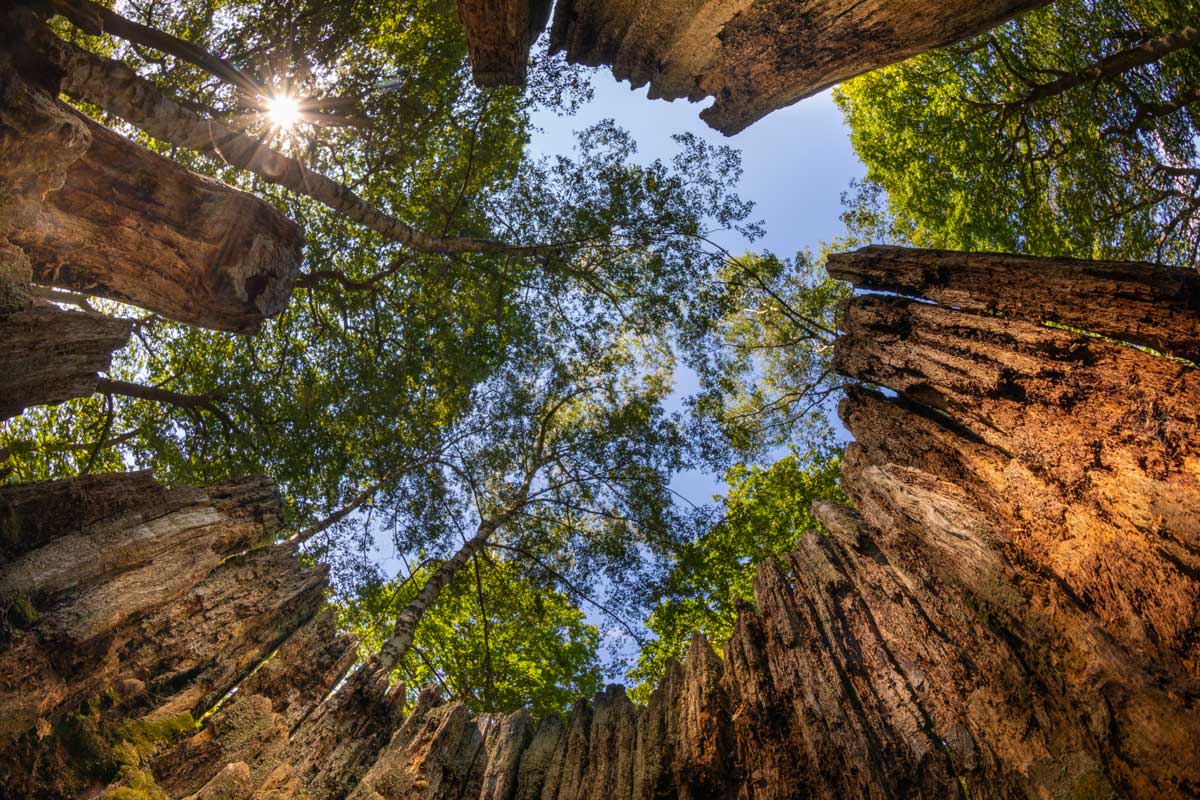
WADER is a partnership between Natural England, the Environment Agency, Newcastle University and Tweed Forum. A wider network of charities, community groups and other stakeholders including farmers and land managers will support the project locally. The project is led by Natural England, the government’s adviser for the natural environment in England. WADER is funded by the EU’s LIFE Programme – the European Union’s funding instrument for the environment. Funding is awarded for best practice, innovation and demonstration projects.
We want to share thanks for the images used throughout our site.
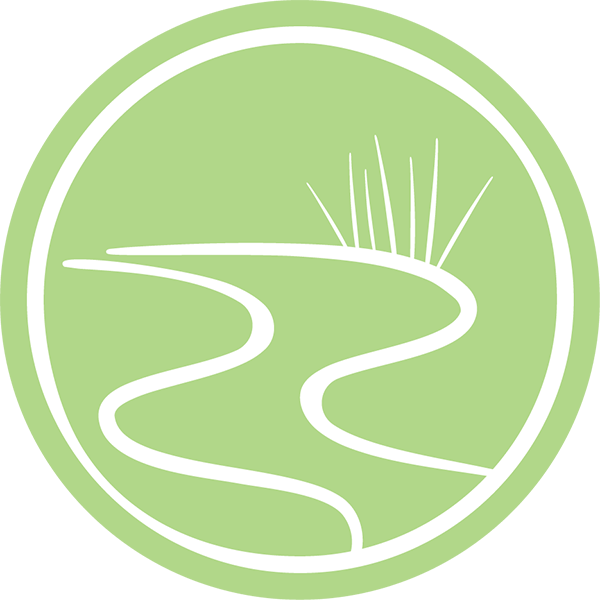
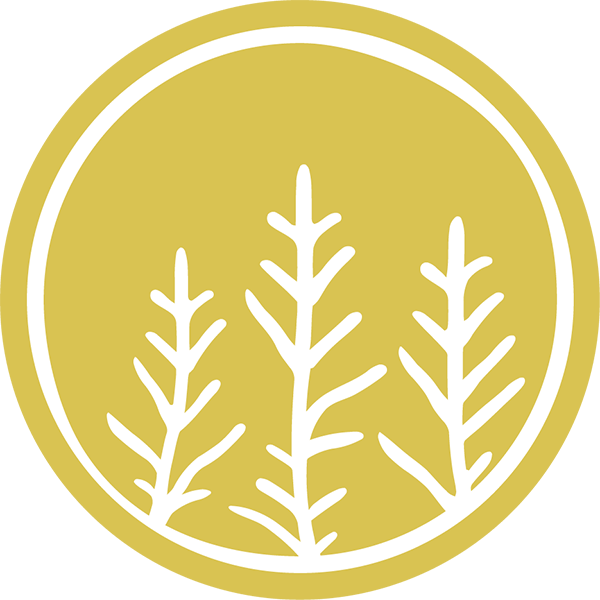
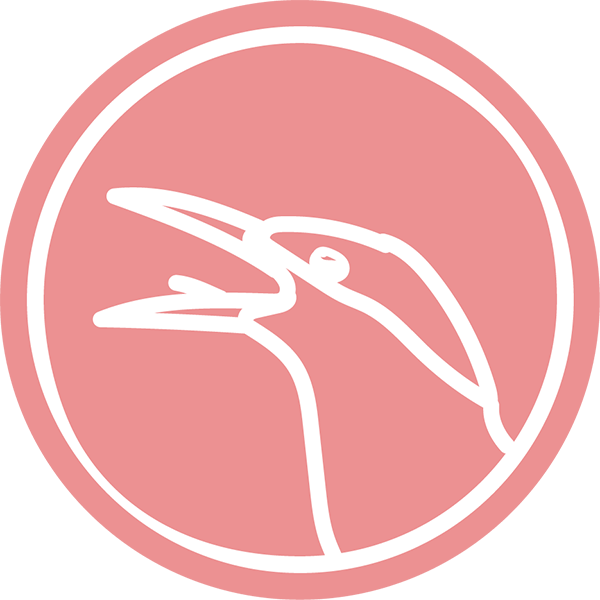
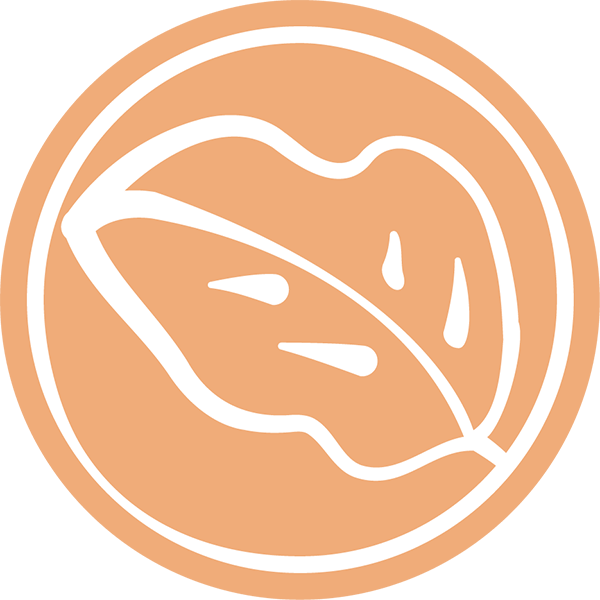
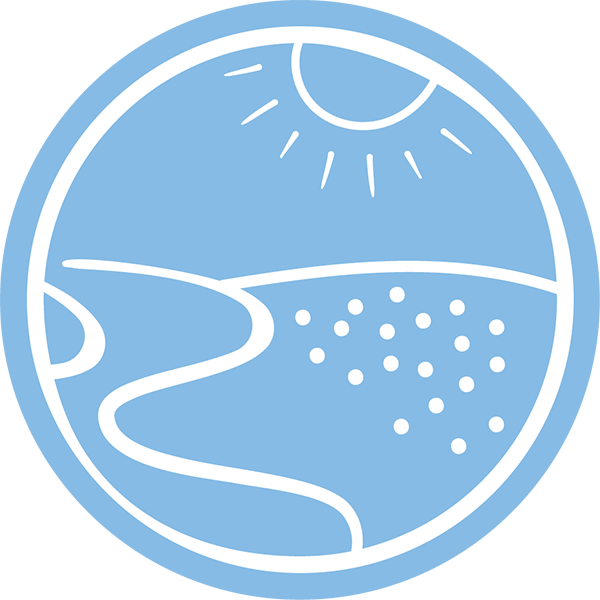
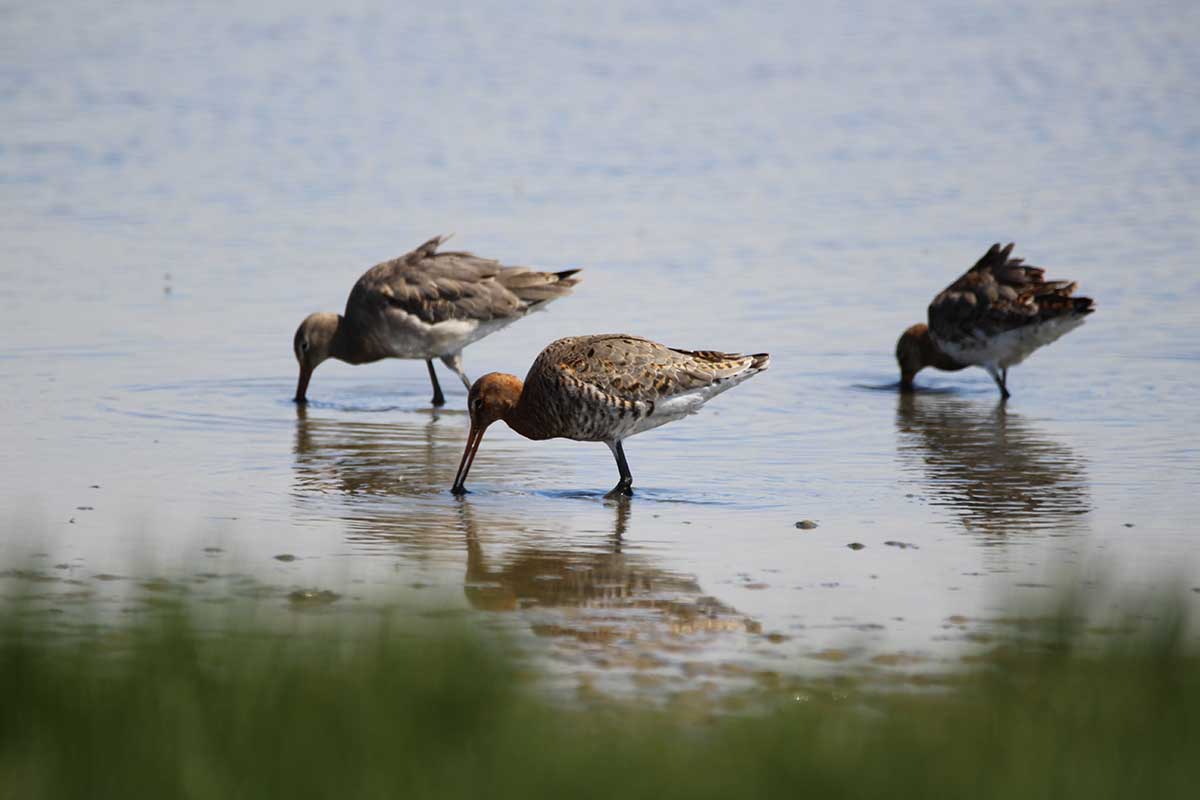
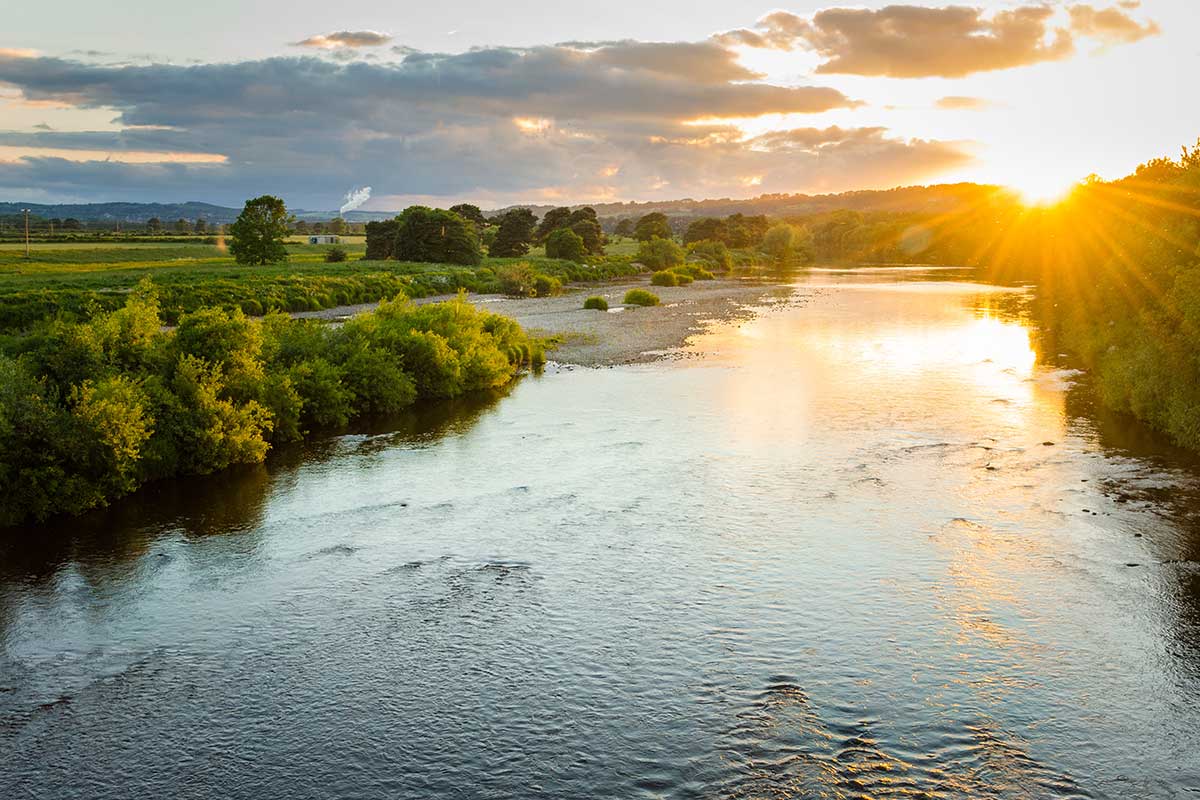

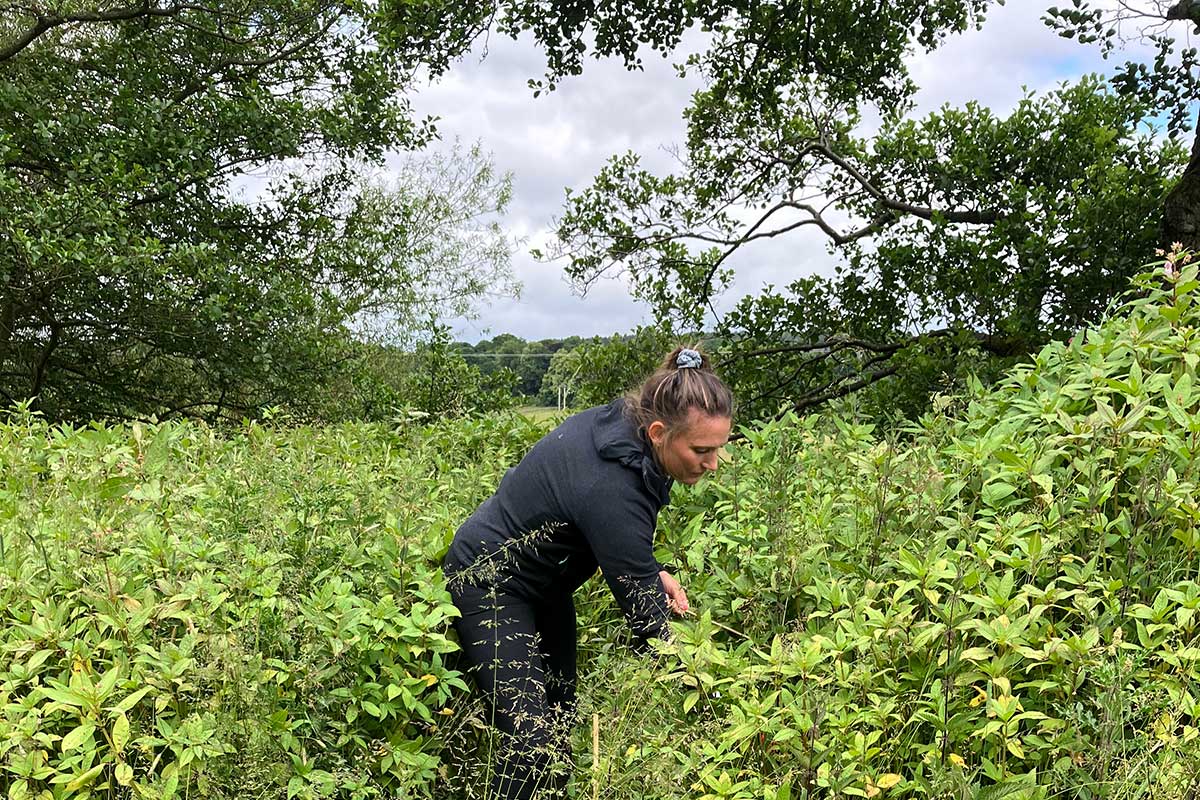
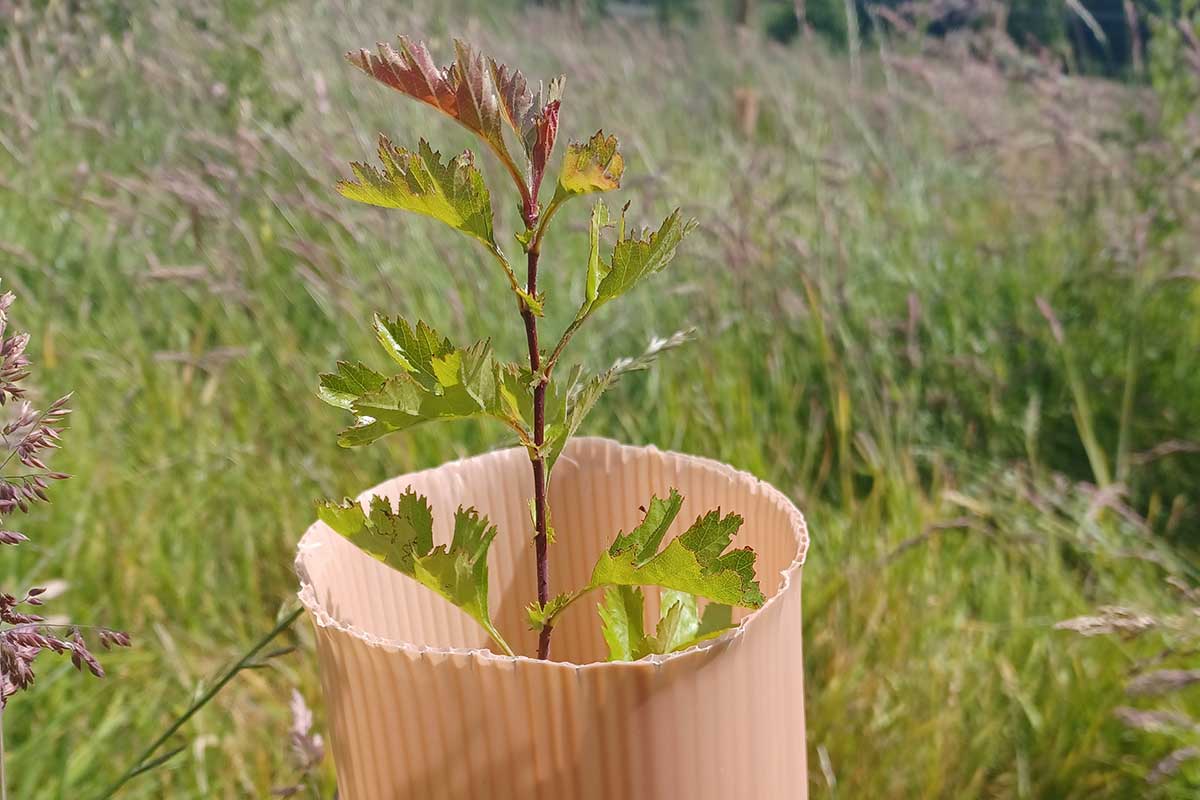





LIFE WADER is led by Natural England and funded by the EU LIFE programme.
WADER is a collaborative partnership which brings together a range of organisations and experts, combining resources and expertise to improve the ecological condition of more than 49,000 hectares of habitat and water. The project sites are part of the European NATURA 2000 Network and the International Emerald Network because they host internationally threatened species and habitats.
WADER has a core team of over 40 people, not to mention hundreds of stakeholders and partners across the project area and beyond.
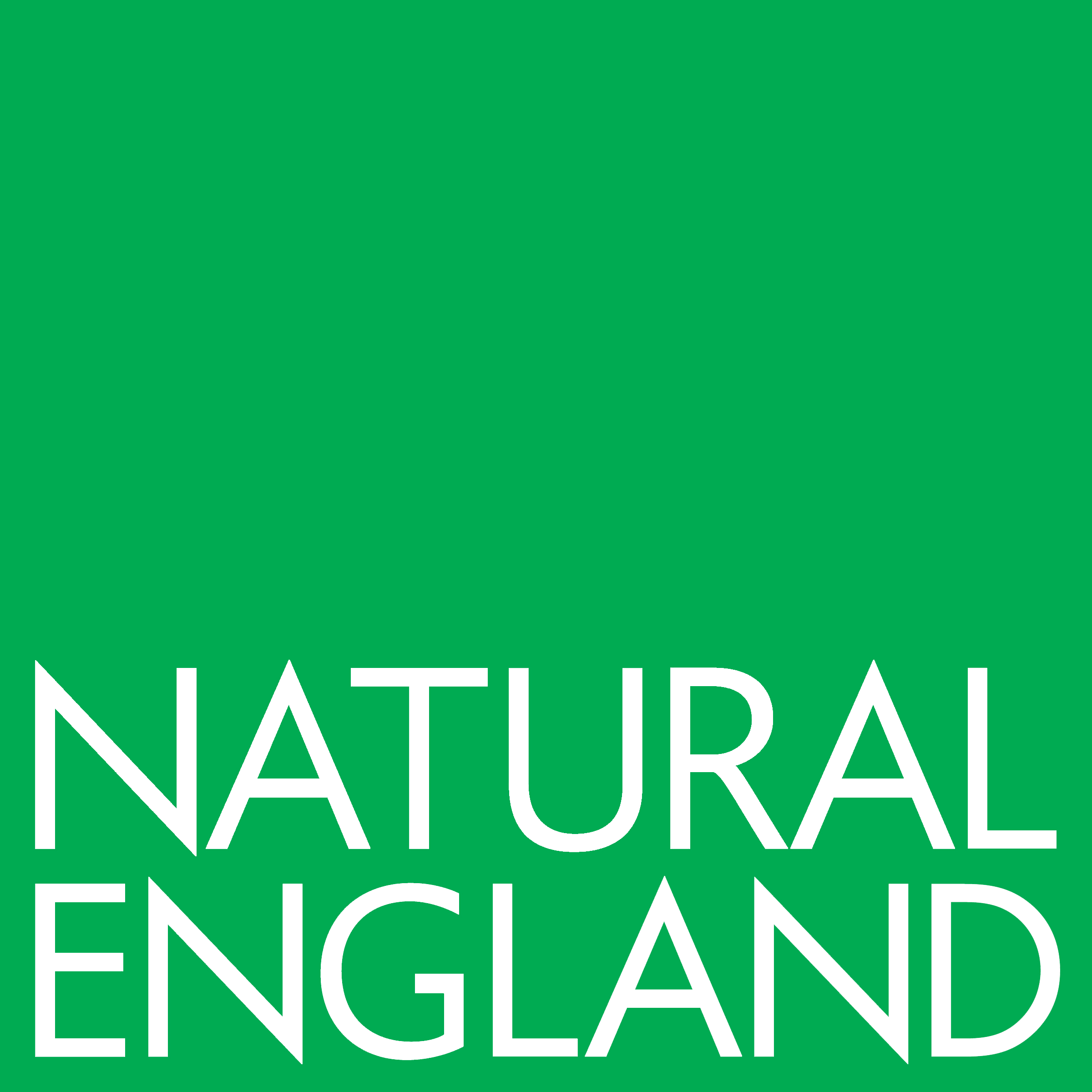

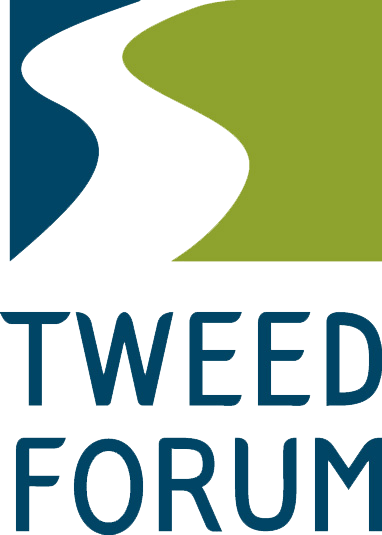

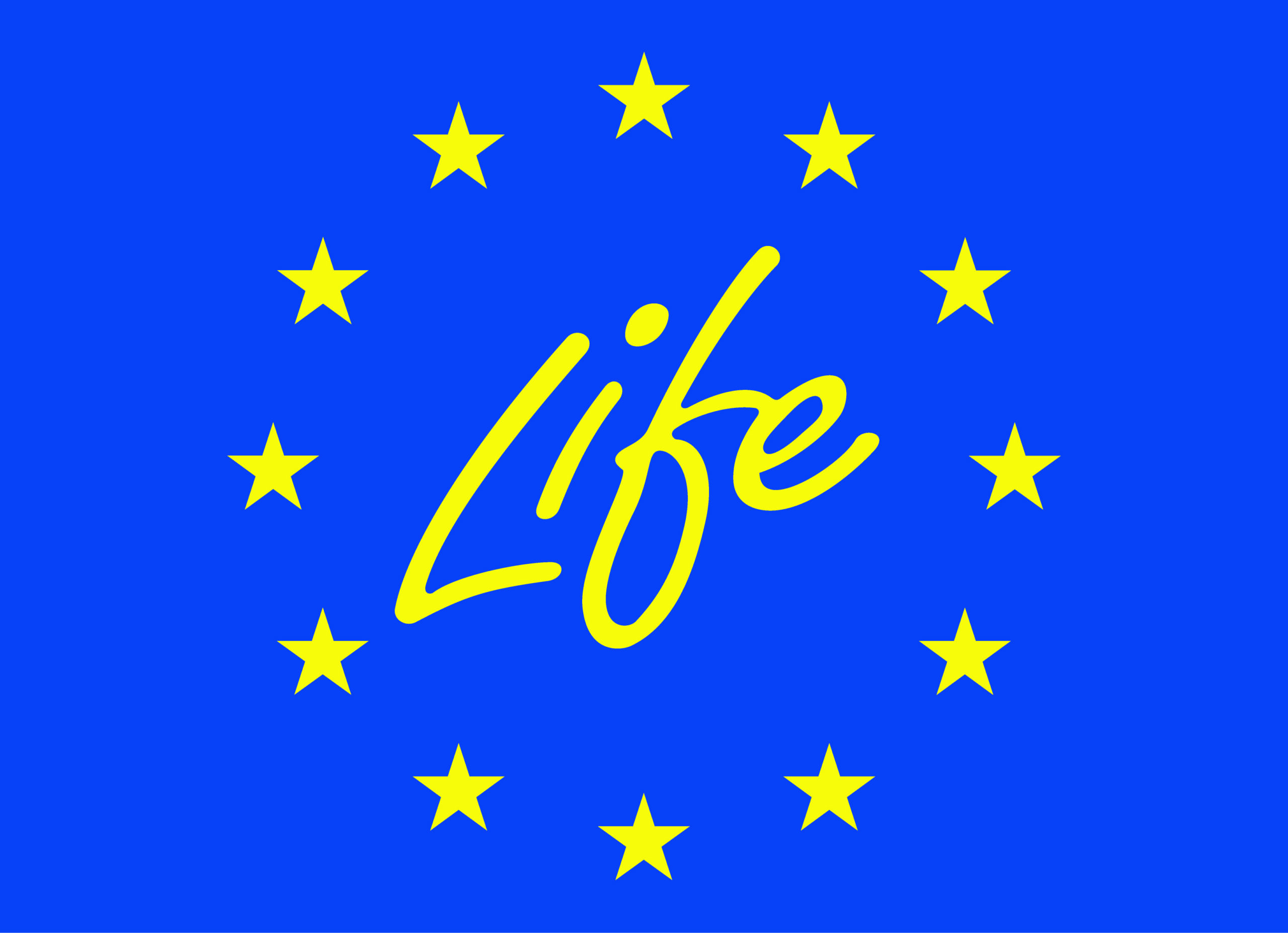
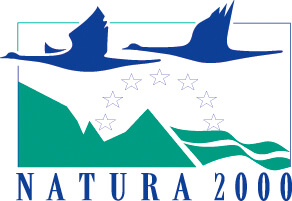
Natura 2000 is a network of protected areas covering Europe’s most valuable and threatened species and habitats. It is the largest coordinated network of protected areas in the world, extending across all 27 EU Member States, both on land and at sea. The sites within Natura 2000 are designated under the Birds and the Habitats Directives.
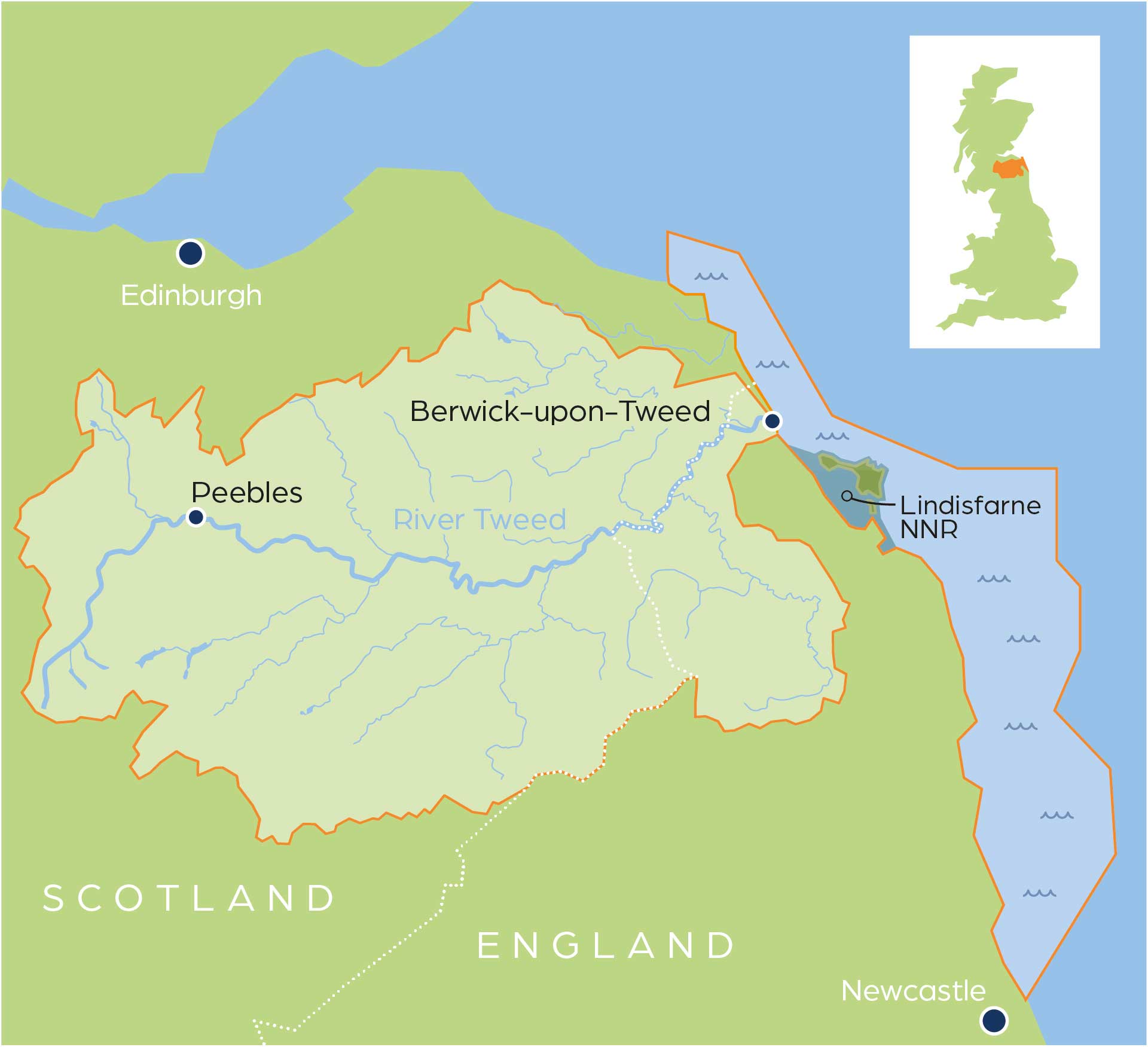
LIFE WADER covers an area of 70,242 hectares from Amble in the South to Berwick in the North, encompassing Lindisfarne, the River Tweed inland Catchment and Estuary. Lindisfarne National Nature Reserve lies at the heart of the project area.
The uniquely varied landscape here incorporates river valleys, rocky shores, floodplains, dune systems and mudflats and harbours internationally important bird assemblages, river fauna and rare habitats. It includes six zones of high ecological importance and particular vulnerability – four Special Areas of Conservation and two Special Protection Areas. These sites are part of NATURA 2000 – a network of protected areas covering Europe’s most valuable and threatened species and habitats.